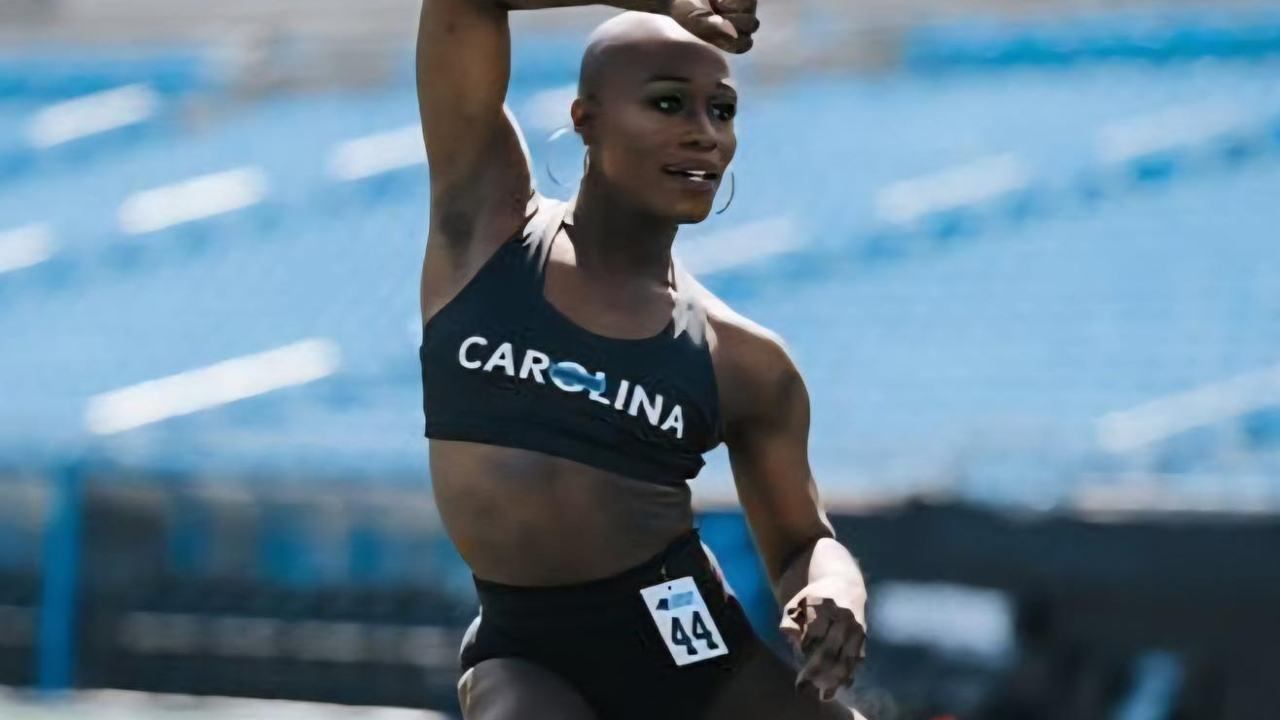
In June 2022, the Carolina Panthers TopCats hired Justine Lindsay as a cheerleader—a big moment for LGBTQ+ representation in sports.
Major outlets, including ESPN and NFL.com, celebrated the historic hire. But three years later, everything changed.
By August 2025, Lindsay was gone. Her departure sparked questions about workplace treatment, discrimination, and accountability. What really happened remained unclear and contested.
The Political Inflection Point
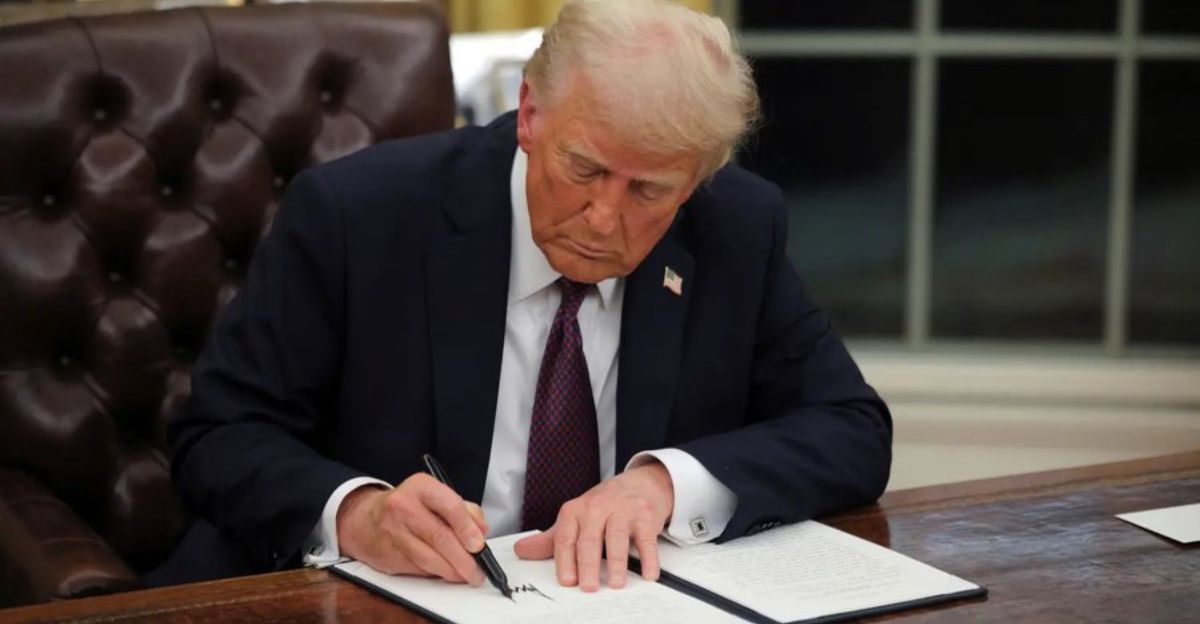
The timing mattered. Lindsay left in August 2025, months after Donald Trump won the 2024 election.
In January 2025, Trump signed an executive order threatening to cut federal funding from organizations that allow transgender participation in sports.
Cheerleading isn’t exactly a competitive sport, but the political climate has pressured organizations nationwide to reconsider their policies regarding transgender employees.
Lindsay saw the timing as deliberate and punishing—a connection she later made public.
Three Seasons of Visibility
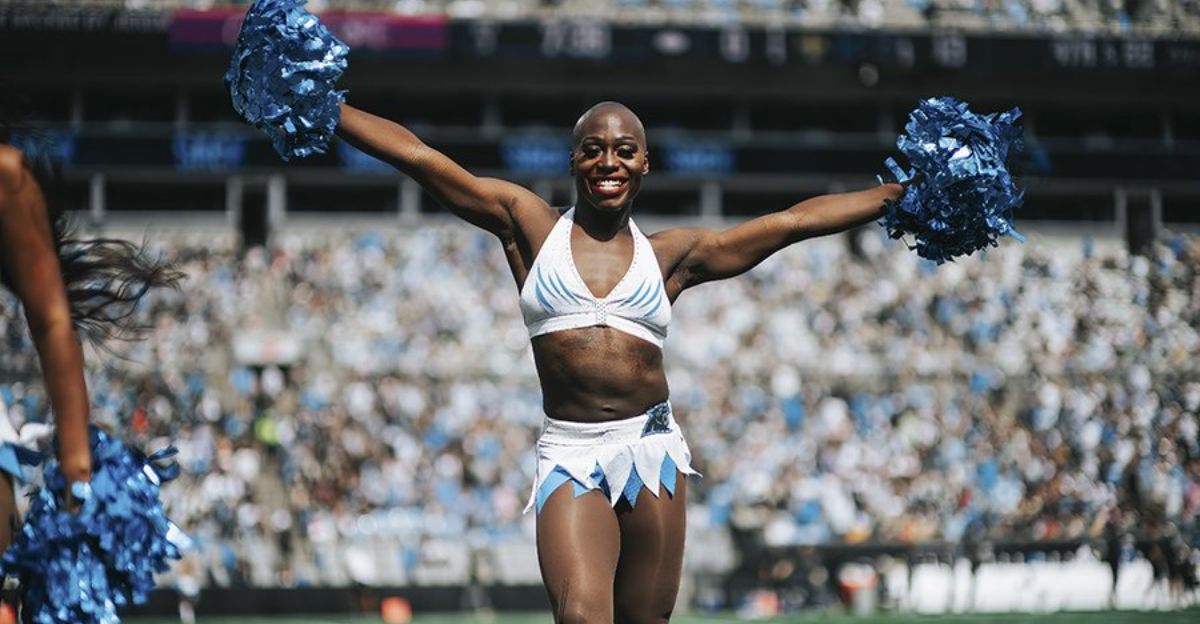
Lindsay worked with the TopCats for three complete NFL seasons: 2022, 2023, and 2024. She started in March 2022 and stayed through the 2024 season.
During those three years, she became a recognizable face for the Panthers, appearing at games and community events.
No complaints, scandals, or performance problems were reported. She represented the Panthers’ commitment to inclusion. Her sudden departure in August 2025 shocked observers.
Organizational Silence Deepens the Mystery
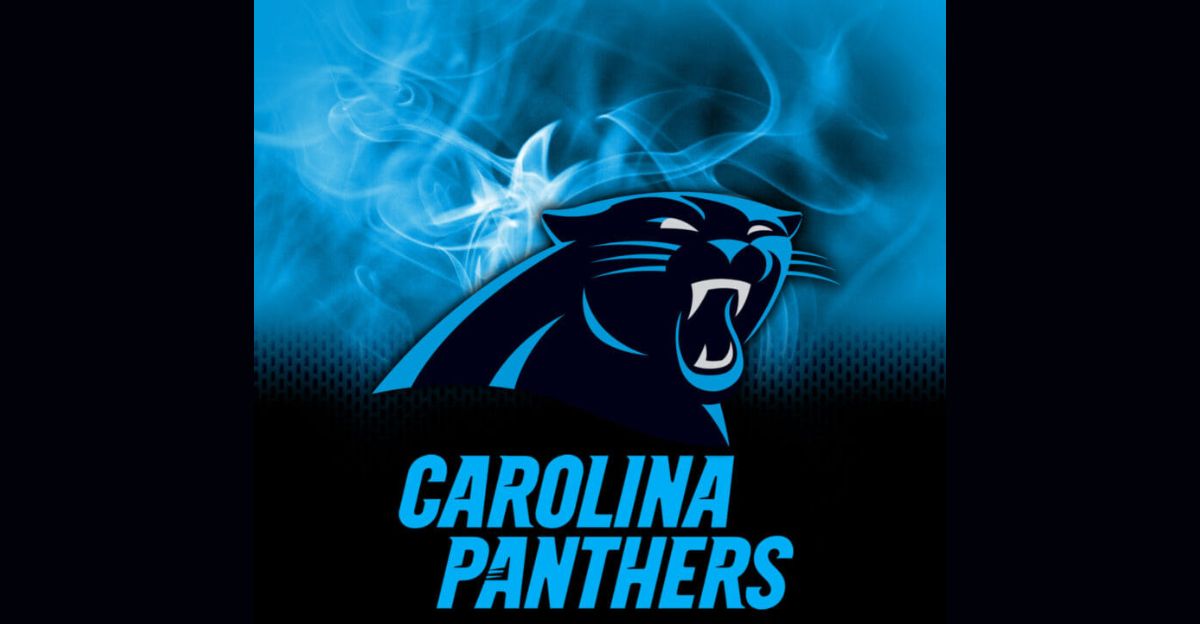
When Lindsay left in August 2025, the Panthers offered no explanation. No statement. No comment. Weeks turned to months.
Speculation swirled: performance issues? Budget cuts? Political pressure? The Panthers stayed silent. Fox News, the Toronto Sun, and other outlets requested comment.
All requests were declined. This silence created a vacuum. Lindsay’s story became the only version people heard.
The Claim: “I Was Cut Because I’m Trans”

On November 20, 2025, Lindsay went public on Instagram Live with Gaye Magazine.
She said directly, “I was cut because I’m trans. I don’t wanna hear anybody saying ‘She didn’t wanna come back.’ Why the hell would I not wanna come back to an organization I’ve been with for three years?”
This was her first time referring to it as an involuntary firing. It contradicted her August statement about “stepping away” for other work. Something had changed.
The Emotional Testimony

Lindsay’s public statements showed real emotion.
She said: “I was devastated. It stung. I was hurt.” She also said she still loves the Panthers and appreciates what they did for her.
This honesty made her story more credible to audiences. She discussed the burden of being “first”—representing an entire community alone within her organization.
That isolation, she suggested, made her vulnerable when things shifted.
The August-to-November Narrative Shift

A key detail stuck out: Lindsay’s story changed between August and November. In August, she said she was “stepping away” for personal reasons.
By November, she said she was “cut” against her will. Three months apart, completely different narratives. Outlets like Complex and Attitude UK noted the contradiction.
What changed her mind? Did she get legal advice? The timeline remained murky and raised red flags for fact-checkers.
A New Coach and Organizational Turnover
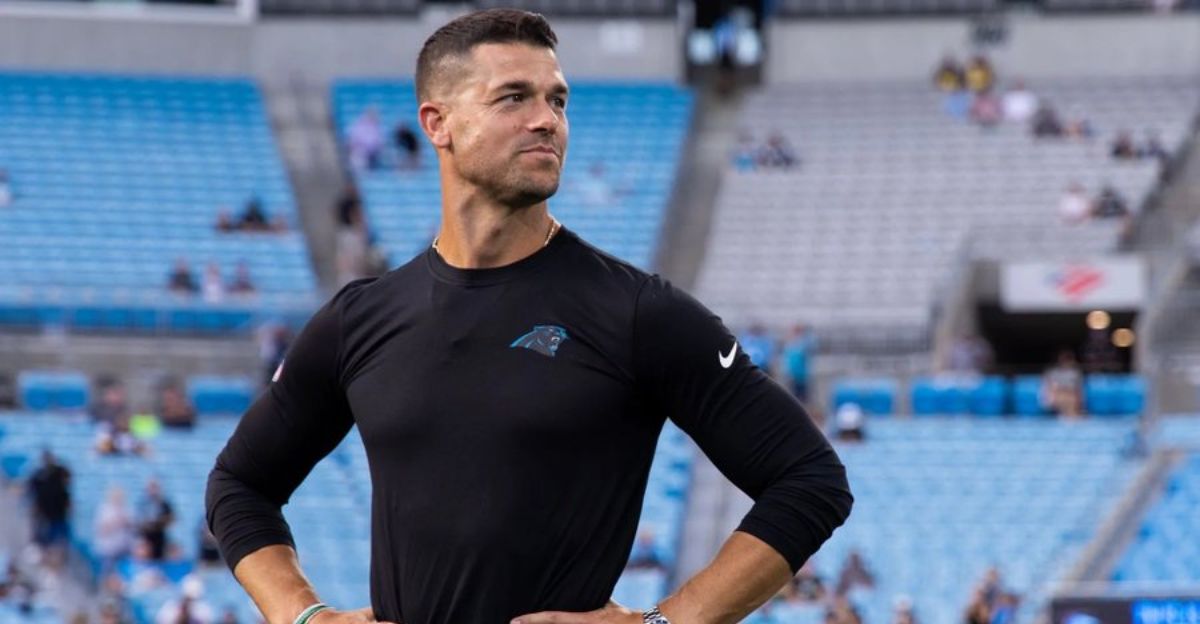
Lindsay mentioned more than just transphobia as a reason. She also cited the Panthers’ hiring a new TopCats coach as a possible factor in her exit.
Did they hire the new coach to remove her? Did the new coach object to her presence? Or was it just a coincidence? The Panthers never explained.
A new coach, a new political climate, and organizational changes created a puzzle only the Panthers could solve—but they didn’t.
The Broader Post-Election Climate
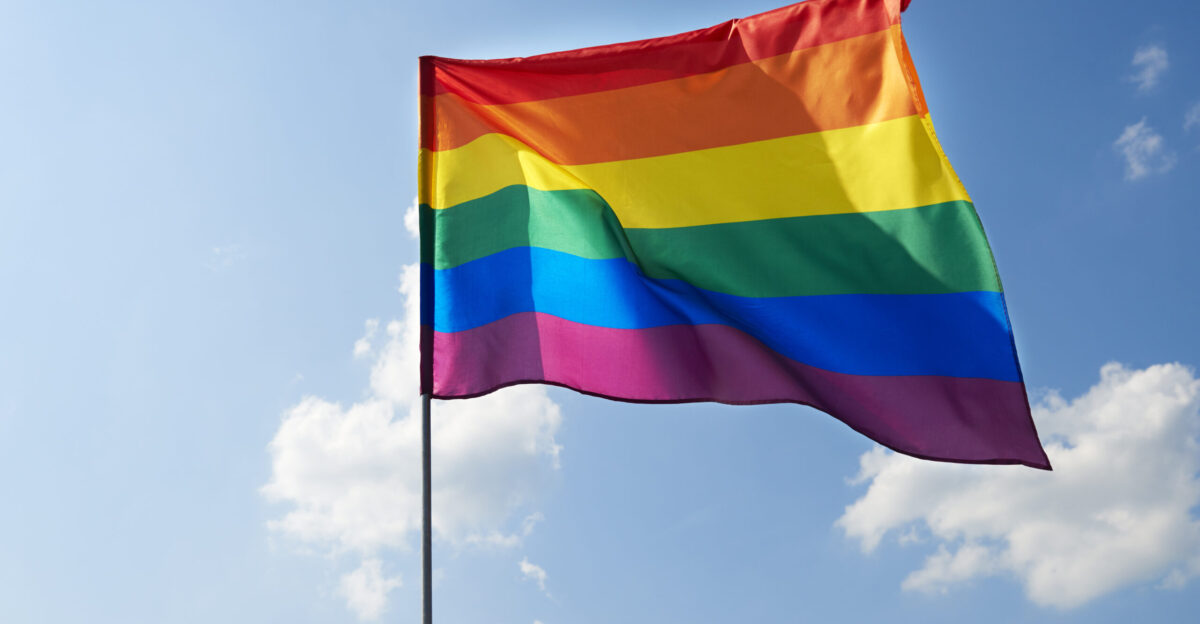
Lindsay’s case happened during a critical moment for LGBTQ+ rights in sports.
Nationwide, schools, colleges, and organizations were revising their trans inclusion policies due to pressure from the Trump administration and executive orders.
The NCAA changed its policies. Although the Panthers didn’t announce new policies, the timing of Lindsay’s departure fit into this larger pattern.
Her situation raised a bigger question: Were organizations quietly firing trans employees to avoid controversy?
The “First” Paradox: Representation Without Protection

Lindsay’s story revealed an important truth: being “first” brought both pride and vulnerability. She was the NFL’s first openly trans cheerleader—a historic achievement.
But she was also alone. There were no other transgender employees in her organization. No peer support. No institutional protections. When circumstances changed, there was nothing to protect her.
Other companies had built LGBTQ+ networks; the Panthers had only Lindsay. This shows how fragile historic progress can be without real protections.
Unanswered Questions About Performance
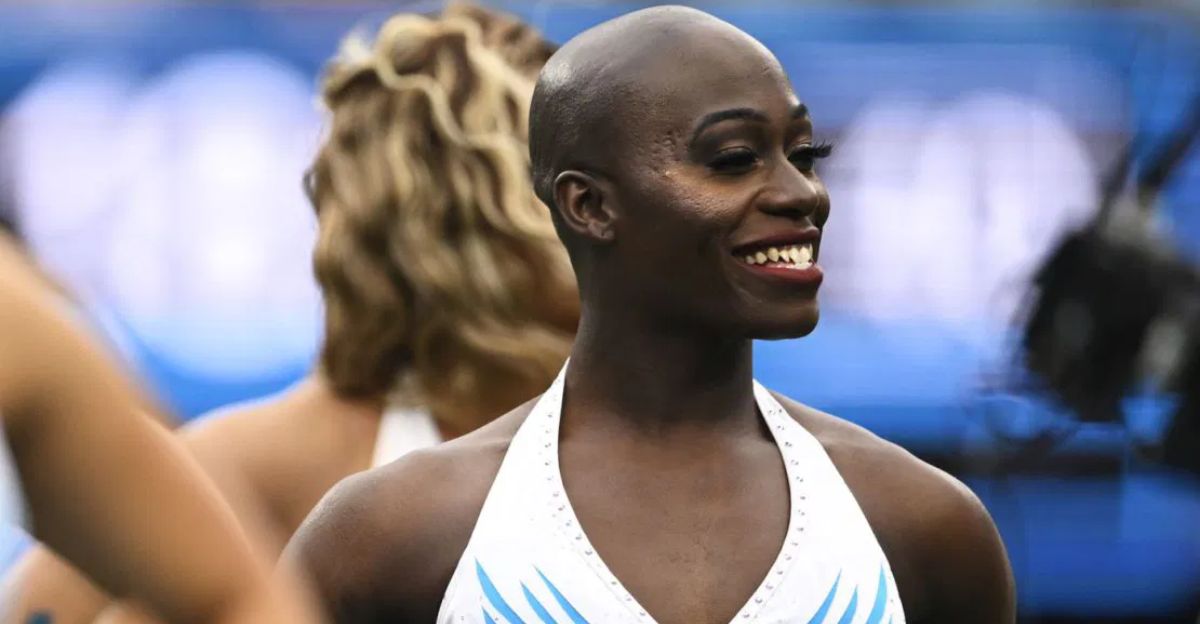
One big question remained: Did Lindsay have performance problems? Were there documented concerns about her work? The Panthers never said.
If performance was the issue, they probably would have mentioned it—it’s easier to defend than claims of discrimination. No reporters, team insiders, or teammates said she had problems.
This silence within silence raised doubt: Did the Panthers even have a legitimate reason for her departure?
Institutional Accountability Failures

The Panthers declined all comment requests. This represented a bigger failure: refusing to discuss potentially discriminatory employment practices.
In today’s corporate world, silence on DEI and workplace equity looks suspicious. The Panthers’ non-response allowed Lindsay’s account to stand unopposed.
It sparked speculation. It suggested the organization was either hiding something or lacked the courage to defend its decisions. The silence itself became a problem.
Lindsay’s Path Forward: Advocacy and Pageantry

Lindsay didn’t disappear after leaving. She announced plans to compete in the Miss International Queen pageant in 2026—a global competition for trans women.
She’s also working on a documentary about her experiences as the NFL’s first openly trans cheerleader.
She’s reframing her story: from an achievement that ended mysteriously, to a platform for trans advocacy and criticism of organizational failures. Her next moves will likely amplify unanswered questions.
Expert Skepticism and Evidentiary Gaps

Media analysts and legal experts noted critical problems with the available evidence. Lindsay’s story is emotionally compelling and unchallenged, but unverified by independent investigation.
No teammates spoke up, no current or former Panthers employees backed her up, and no leaked documents or emails supported her claims of discrimination.
This doesn’t make her wrong, but it means her story remains an allegation, not a confirmed fact. The truth remains contested.
The Unresolved Question

By November 2025, the Lindsay case had no clear answer. Did the Panthers fire her because she’s trans, as she claims?
Or were other factors involved—performance, budget, reorganization, or routine roster changes? The Panthers’ silence left it unanswerable.
What’s clear is that a historic achievement in inclusion ended in mystery and institutional silence. Whether that silence meant guilt, indifference, legal caution, or dysfunction doesn’t matter.
It demonstrated how fragile progress can become without real protections in place.